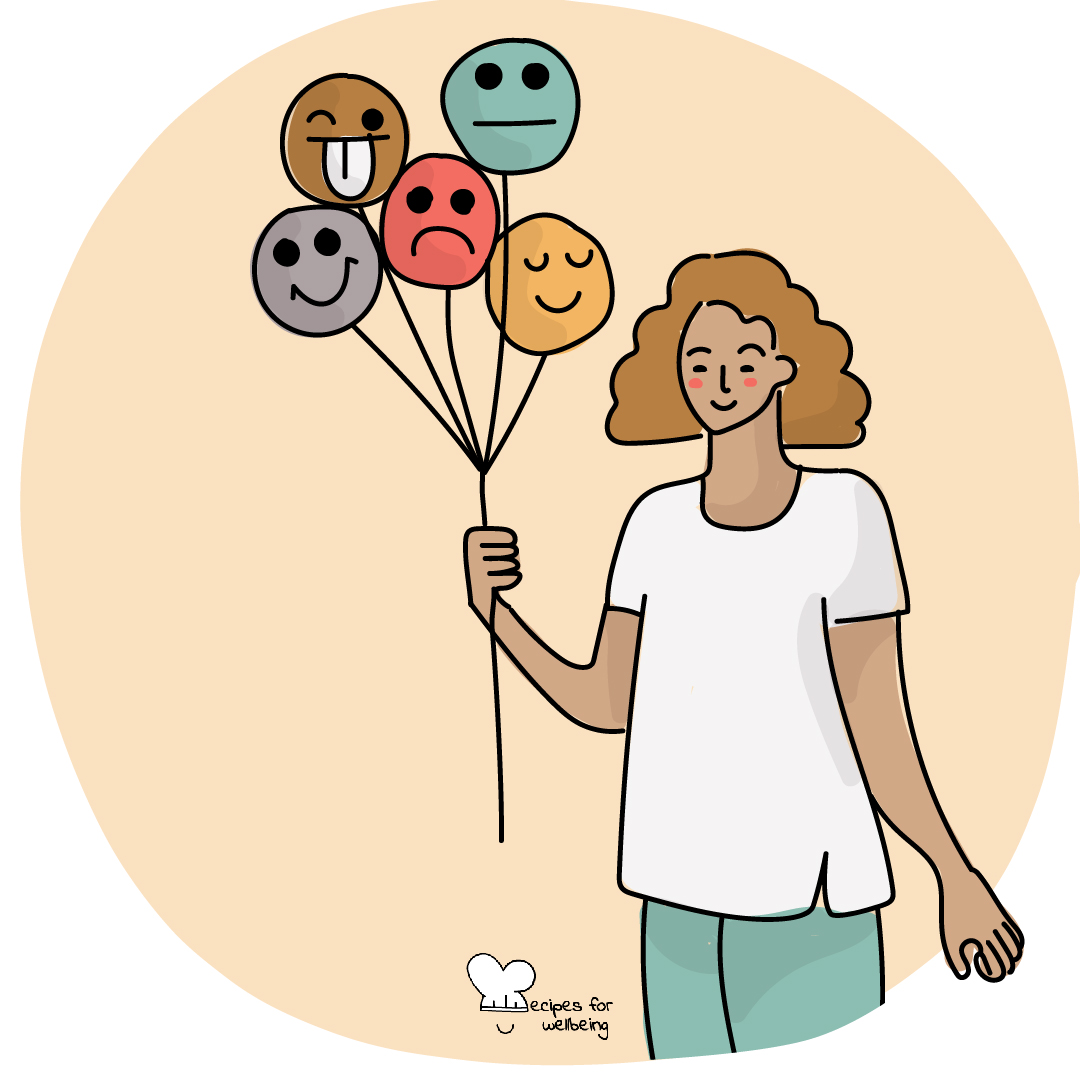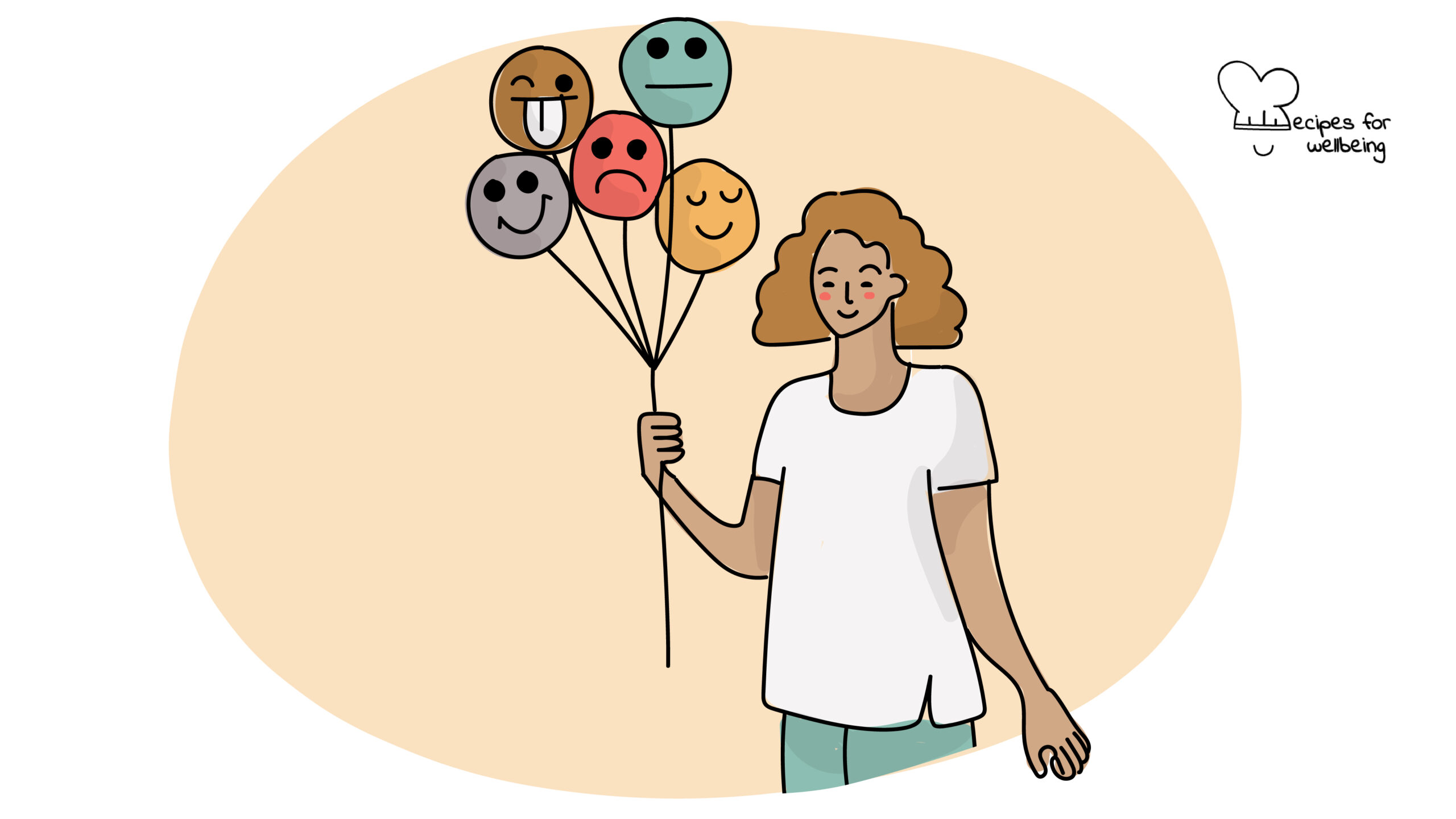
Emotional regulation in teams
Emotion regulation refers to the process by which we influence which emotions we have, when we have them, and how we experience and express them. ―James Gross
👥 Serves: 11-25 people, 2-10 people
🎚 Difficulty: Medium
⏳ Total time: Ongoing
🥣 Ingredients: Your team
🤓 Wholebeing Domains: Awareness, Community, Discomfortability, Liberatory Learning, Radical Care
💪 Wholebeing Skills: Agency, Emotional intelligence, Framing, Reflection, Relating to Others, Self-awareness, Self-regulation

Emotional regulation in teams
📝 Description
Strategies to regulate emotions in individuals and teams.
In our recipe “The wheel of emotions and feelings” we provided a compass for individuals and teams to recognise and name their emotions/feelings as a critical step to develop emotional regulation. This recipe deepens the exploration of emotional regulation in teams by introducing the process model of emotion regulation developed by James J. Gross from Stanford. This model recognises five strategies that leaders – and their team members – can adopt to regulate emotions. A useful complement to this process is our recipe “Developing emotional agility”.
👣 Steps
Step 1 – Situation selection
Gross explains that situation selection “refers to approaching or avoiding certain people, places, or things so as to regulate emotion”. For instance, you may decide to hang out with a colleague who is positive and supportive the night before an important meeting rather than spending extra hours in the office with exhausted and nervous colleagues.
Step 2 – Situation modification
If the situation is unavoidable or already unfolding, a more suitable strategy is called situation modification, also referred to as problem-focused coping or as primary control. Here you find ways to modify the situation to elicit the desired outcome. For instance, when hanging out with the colleague who asks you if you are ready for the presentation, you can express your preference to talk about something else instead. Another effective practice at the team level is developing “rituals” to increase/decrease certain emotions.
Step 3 – Attentional deployment
Another strategy is attentional deployment whereby you change where your (and people’s) emotional attention is directed to reduce certain emotions. Returning to the same example, if you are stuck in the office with exhausted and nervous colleagues, you may decide to withdraw from the conversation that has taken an upsetting turn by looking out of the window or counting ceiling tiles.
Step 4 – Cognitive change
Cognitive change, also known as reappraisal or reframing, is yet another strategy that involves rethinking or reinterpreting a situation in a way that impacts the subsequent emotional response. For instance, you may remind yourself that “it’s only a presentation” and that it doesn’t determine your inherent value as a human being.
Step 5 – Response modulation
This last strategy involves controlling the outward expression of your own emotional experience to impact others’ emotions. For instance, you may hide your nervousness and maintain a positive attitude to influence your colleague’s collective emotion (as long as you’re genuine!).
Step 6 – Team self-assessment
It might be helpful to map out your team’s preferences towards the aforementioned strategies.
- Which one(s) come most/least natural to you?
- Which one(s) are most/least used in your team?
If you wish to explore whether some strategies are more recommended than others, check out this article “Emotion regulation: Affective, cognitive, and social consequences” by James J. Gross.

